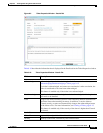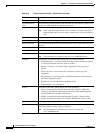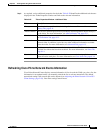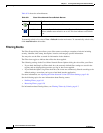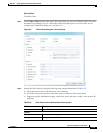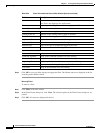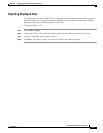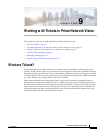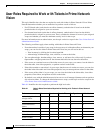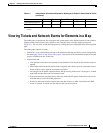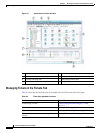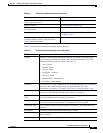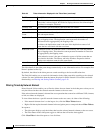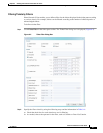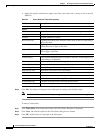
CHAPTER
9-1
Cisco Prime Network 4.0 User Guide
OL-29343-01
9
Working with Tickets in Prime Network Vision
These topics describe how to work with tickets in Prime Network Vision:
• What are Tickets?, page 9-1
• User Roles Required to Work with Tickets in Prime Network Vision, page 9-2
• Viewing Tickets and Network Events for Elements in a Map, page 9-3
• Viewing Ticket Properties, page 9-9
• Managing Tickets, page 9-15
• Impact Analysis in Prime Network, page 9-17
What are Tickets?
A ticket represents the complete hierarchy of correlated alarms representing a single specific fault
scenario. A ticket points to the root cause alarm that is the top-most alarm in the correlation hierarchy.
Examples of alarms are Link Down, Device Unreachable, or Module Out. Some event types are capable
of creating tickets. When an event is generated, it is correlated to an existing event, which is correlated
to a ticket. If there is no existing ticket, a new ticket is created.
Prime Network identifies the relationship between a root cause alarm and its consequent alarms. It
automatically correlates the consequent alarms as children of the root alarm. The ticket pane displays
the ticket (the root cause alarm), the aggregated severity of the ticket, and the severity of the root cause
alarm. The root cause alarm severity is the top-most severity of its contained alarms. In addition, the
ticket pane displays the time at which the original event was detected, the ticket creation time, and a
description of the event that caused the ticket creation.



